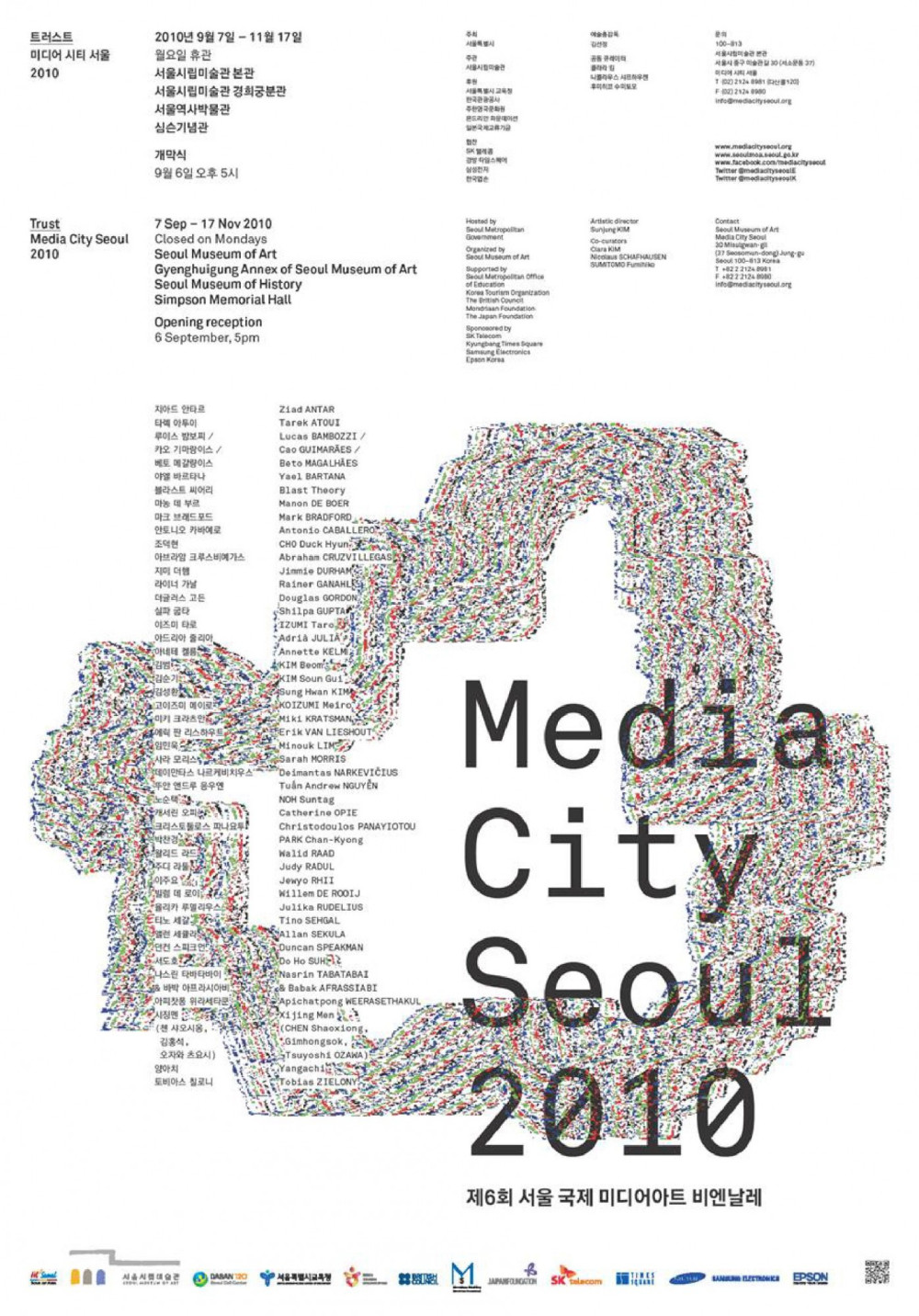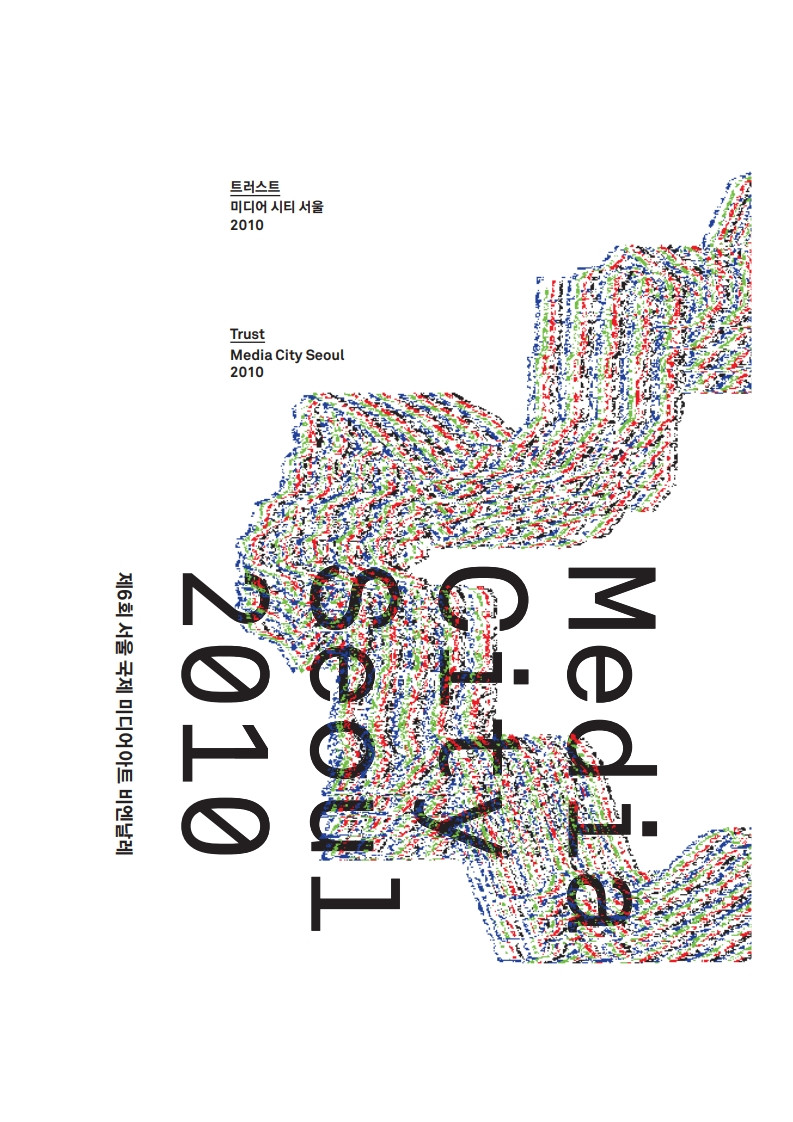Park Chan-Kyong’s 45-minute film Sindoan, part documentary, part experimental film, weaves memory and socio-political reality within Korea’s complex history as a divided country since the Cold War through the sacred valley under Gyeryong Mountain.
Historically significant as it was to be the new capital of the Joseon Dynasty (1393–1910), Sindoan was the incubator of neotraditional and folk religions where over 80 different religious groups settled between 1924 and 1970. The film is an anthropological journey tracing the past and present, the history of repression that threatened the religious communities here during the Japanese colonial period and by more modern/contemporary forces–the military government’s campaign to eradicate superstition during the 1960s and 70s and, more recently, by the construction of the joint U.S.-Korea military complex. Incorporating archival documentation and fictional reconstruction, Sindoan destabilizes the systems that put one ideology against another. The protagonists of Park’s film become survivors of sorts who cling to the ruins of the sacred land. Contextualizing his narrative, the artist traces the rise and fall of the communities here and the unscrupulous intervention of political interests that underscores the deep wounds of South Korean political history. For the exhibition, the film is divided into six episodes shown on separate monitors that flow together in a closely connected sequence, each relating a distinct story.

